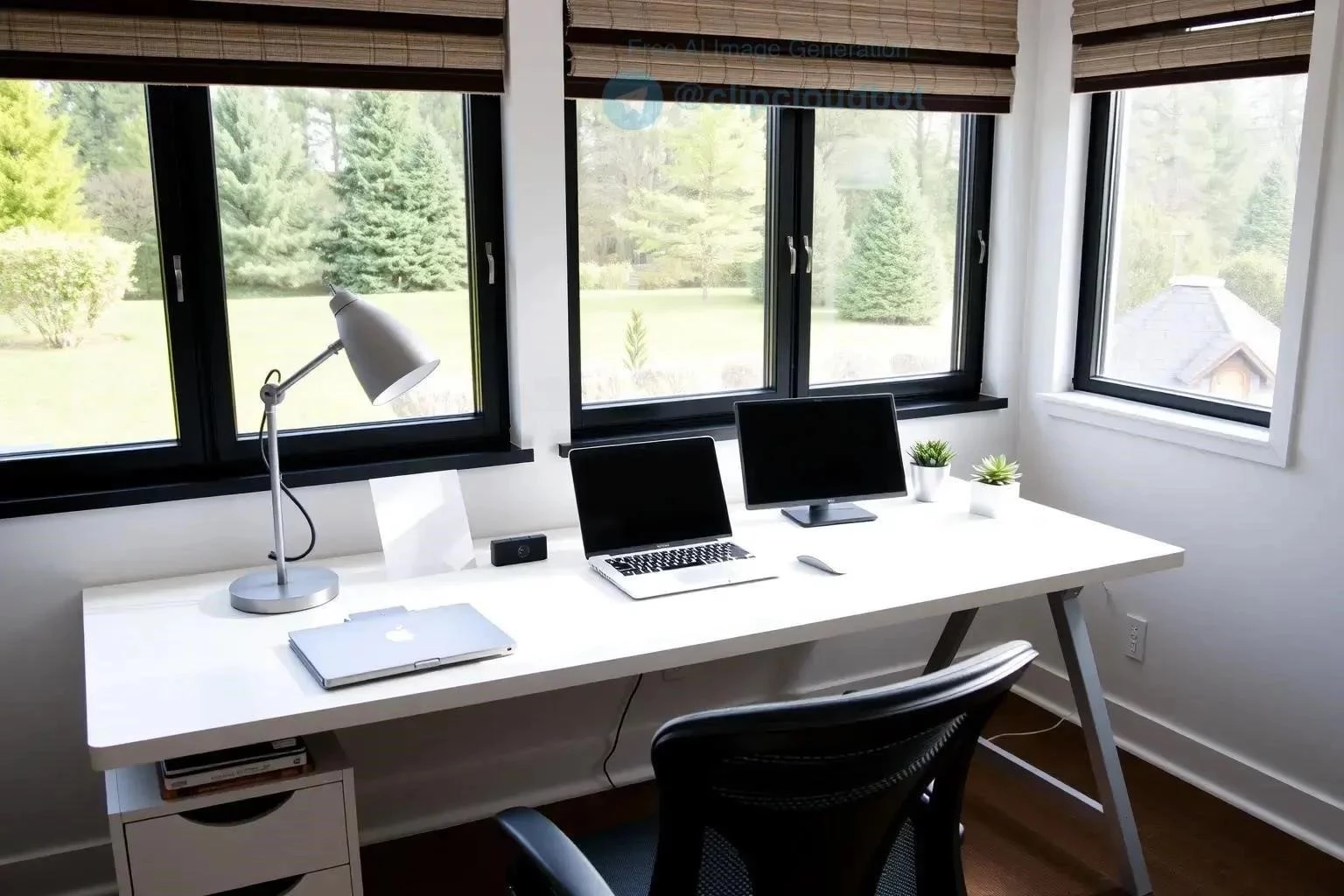Bobbi Althoff has rapidly become a name synonymous with unconventional interviewing and viral content‚ leading many to wonder about her financial standing. Her unique deadpan delivery and often awkward‚ yet hilarious‚ interactions with A-list celebrities have catapulted her into the spotlight. Determining Bobbi Althoff Net Worth requires analyzing various income streams‚ from her podcast ad revenue to her sponsorships and social media presence. This article delves into the factors contributing to her financial success‚ providing a comprehensive overview of her earnings and assets.
The Rise of Bobbi Althoff: From TikTok to Podcast Star
Bobbi Althoff’s journey began on TikTok‚ where her comedic timing and relatable content quickly garnered a significant following. However‚ it was her podcast‚ “The Really Good Podcast‚” that truly solidified her fame. Her interviewing style‚ characterized by dry humor and intentionally awkward questions‚ resonated with audiences seeking a refreshing alternative to traditional celebrity interviews.
- Early TikTok Success
- Launch of “The Really Good Podcast”
- Viral Celebrity Interviews
Sources of Income: Breaking Down Bobbi’s Earnings
Bobbi Althoff’s financial success stems from a multifaceted approach‚ leveraging her online presence and unique brand. Here’s a breakdown of her primary income sources:
Podcast Revenue
The “The Really Good Podcast” generates revenue through various avenues‚ including:
- Advertising: Sponsorships from brands seeking to reach her engaged audience.
- Merchandise: Sales of podcast-related merchandise‚ such as apparel and accessories.
- Affiliate Marketing: Earning commissions by promoting products and services to her listeners.
Social Media Presence
Bobbi’s strong social media presence across platforms like TikTok and Instagram contributes significantly to her income through:
- Sponsored Posts: Collaborations with brands for sponsored content and product placements.
- Brand Partnerships: Long-term partnerships with companies aligning with her brand.
Other Ventures
While the podcast and social media are her main income drivers‚ other potential ventures could include:
- Appearances: Fees for appearances at events and conferences.
- Potential Book Deals: Future opportunities for book deals based on her growing popularity.
Estimating Bobbi Althoff Net Worth: Challenges and Considerations
Determining an exact figure for Bobbi Althoff Net Worth is challenging‚ as many of her financial details are private. However‚ based on industry estimates for podcast advertising revenue‚ social media sponsorships‚ and merchandise sales‚ a reasonable estimation can be made. It’s important to consider factors such as production costs‚ management fees‚ and taxes when calculating her net worth.
The Future of Bobbi Althoff’s Financial Standing
With her continued success and growing audience‚ the future looks bright for Bobbi Althoff. As she expands her brand and explores new avenues for income generation‚ her financial standing is likely to continue to grow. Considering her trajectory and the current estimates‚ Bobbi Althoff Net Worth is poised to increase significantly in the coming years. Her ability to stay relevant and adapt to the ever-changing landscape of digital media will be crucial to her long-term financial success.
Okay‚ let’s build upon this foundation and explore the nuances of Bobbi Althoff’s financial journey‚ adding depth and insight as a mentor would.
Building a Sustainable Brand: More Than Just Viral Moments
Viral moments are fantastic for initial exposure‚ but building a lasting financial empire requires more than just fleeting fame. Bobbi’s real strength lies in her ability to cultivate a dedicated audience that appreciates her unique brand of humor. Think of it like this: a single viral video is a firework‚ beautiful but short-lived. A strong brand is a well-tended garden‚ constantly producing valuable content and attracting loyal followers.
Here’s what she needs to focus on to ensure long-term financial stability:
- Consistency: Regularly releasing high-quality content keeps her audience engaged and attracts new listeners and viewers. This means maintaining a consistent podcast schedule‚ posting regularly on social media‚ and exploring new formats that align with her brand.
- Authenticity: Her deadpan humor is her signature. Staying true to this authentic voice will be key to maintaining trust with her audience. Trying to be someone she’s not will likely backfire.
- Diversification: Relying solely on one platform or income stream is risky. Exploring opportunities such as live shows‚ collaborations with other creators‚ and even acting roles can diversify her revenue and mitigate potential losses.
Negotiating Power: Maximizing Revenue from Partnerships
As Bobbi’s star continues to rise‚ she gains more negotiating power with brands and sponsors. It’s crucial to understand her worth and leverage her influence to secure favorable deals. Here are some key points to consider:
- Audience Demographics: Knowing her audience demographics allows her to target brands that align with her listeners’ interests and purchasing habits. This makes her a more attractive partner and justifies higher rates.
- Engagement Metrics: Showcase the engagement rates on her podcast and social media platforms. High engagement indicates that her audience is actively listening and responding to her content‚ making her platform a valuable advertising space.
- Long-Term Value: Focus on building long-term partnerships rather than short-term deals. This creates a more stable revenue stream and allows for deeper collaborations that benefit both parties.
Financial Management: Protecting and Growing Her Wealth
Earning money is only half the battle; managing it effectively is equally important. Bobbi should prioritize sound financial management practices to protect and grow her wealth. This includes:
- Tax Planning: Working with a qualified tax advisor to minimize tax liabilities and maximize deductions.
- Investment Strategies: Diversifying her investments across various asset classes‚ such as stocks‚ bonds‚ and real estate‚ to mitigate risk and generate long-term returns.
- Estate Planning: Creating an estate plan to ensure that her assets are protected and distributed according to her wishes in the event of her death.
The Future Landscape: Adapting to the Ever-Changing Digital World
The digital landscape is constantly evolving‚ so Bobbi needs to stay ahead of the curve by adapting to new trends and technologies. This includes:
- Exploring Emerging Platforms: Staying informed about new social media platforms and exploring opportunities to expand her reach.
- Investing in New Technologies: Utilizing new technologies to enhance her content creation process and improve the user experience.
- Staying Authentic: No matter how trends shift‚ keeping true to what makes her successful – her unique personality.
Remember‚ Bobbi Althoff Net Worth is not just about the numbers. It’s about the brand she’s building‚ the audience she’s cultivating‚ and the smart financial decisions she makes along the way. The final paragraph will reiterate that point‚ emphasizing the continuous journey of financial growth.
Ultimately‚ the true measure of Bobbi Althoff Net Worth lies not just in her current financial status‚ but in her ability to adapt‚ innovate‚ and continue resonating with audiences while maintaining a sound financial strategy for long-term success.






